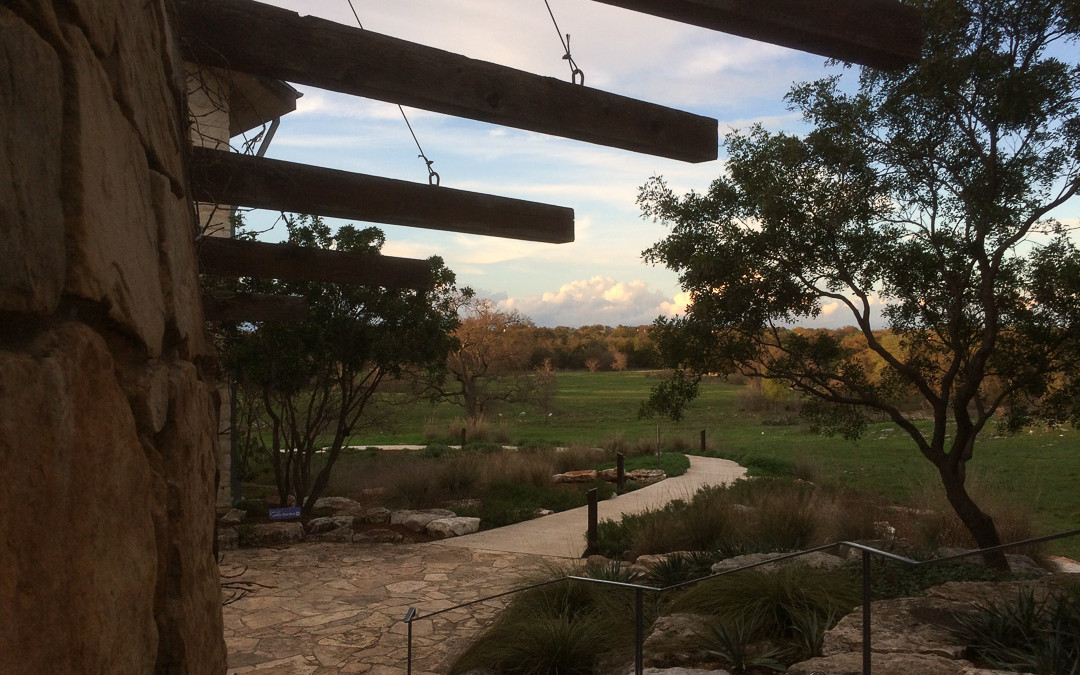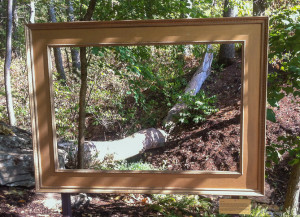
by Amy Nyman | Jan 14, 2015 | Land Planning
The feeling of Place has a strong impact on each of us. Think about where you are right now. How do you feel about this space? Do you like it? Are there things that you don’t like about it? Talking about Place makes us think about what ties us to a space. It causes us to think about how we react to our surroundings, whether consciously or subconsciously. What makes us want to sit and stay, what causes us to hurry through? Our indoor, outdoor, private, and public areas are all affected by our feelings about Place.
As a landscape designer, I want to help people create a Place that they can connect to and is meaningful to them. Sometimes this will be about integrating the outdoor spaces with the indoor spaces – like making the view from the windows nicer, creating new outdoor seating and rerouting paths to make easier transitions or improve unused areas of your yard. Sometimes it will be about planting the right plants in a problem area, earth formations like swales and rain gardens to move water and increase its infiltration, plant selections to decrease water use, or maybe it will be about food production or supporting wildlife.

My specialty is to help you create positive Place.
A free consultation consists of a visit to your site and interview, so I can explore your landscaping needs and style. I will work hard to integrate both of these into your landscape design and planting plan. If you are in the Central Massachusetts area, call now to schedule your appointment. Winter is a great time to get your landscape plans in place.

by Amy Nyman | Jul 29, 2014 | Plants
Gardeners like to share plants. It is as if natural plant propagation becomes rooted or seeded into our blood, and we feel a need to establish new plants wherever possible. With that understanding, there are plants that should not be shared. These tend to be non-native aggressors in the garden, willfully spreading, jumping fences, and suffocating other plants.
I have been restoring an urban landscape that was over-run by a well-intentioned gardener who recommended and planted bishop’s weed (goutweed, snow-on-the mountain, ground elder) to prevent erosion on a hillside for a client. It worked to prevent erosion, but in the meantime, the bishop’s weed spread throughout many areas of the garden, both by reseeding and running rhizomes. This plant is an aggressive spreader, covering up to three feet per year of new ground. In my client’s yard, there were runners of bishop’s weed poking up 4-5 feet into the lawn.
Bishop’s weed is difficult to eradicate because even small segments of roots regrow. Herbicide introduces poisons that harm insects and amphibians, and does not kill the roots of the plant so over time, even sprayed areas become re-infested with the bishop’s weed. I am using a combination of removal by hand and suffocation with multiple layers of weed block and mulch. I remind my client that there will probably be a reemergence of the plant, but hopefully it will be more manageable. We will need to remove it each time it emerges, slowly cutting off nutrients to the remaining roots. Only time will tell how effective our efforts have been.
So my first word of advice to you through this blog is, that if a neighbor has a plant and they say:
- There is plenty to share.
- It fills in quickly.
- They don’t know what it is.
- It takes off quickly.
- It has plenty of volunteers.
- They don’t know where it came from.
Save yourself some trouble and just say no. Some people will say that these plants have a purpose or that they can be used effectively in contained areas, but many plants are able to reseed into other people’s yards and public spaces. They poke their heads under fences and grow though lawns. People plant and then don’t maintain garden areas like they planned. Wildlife eat berries and spread seeds. Other people don’t have a voice about the planting decisions their neighbors make, but they will still have to deal with the problems.
If you are interested in taking an unknown plant from someone, don’t take it in ignorance. Instead, take a sample to a local garden club, nature center, someone with plant knowledge, send a photo to your state extension, or look it up online. Find out what people have to say about it. If the plant has a tendency to become difficult to manage or become teddy or invasive, don’t plant it.
Let’s be smart about what we plant, and even smarter about what we share.



